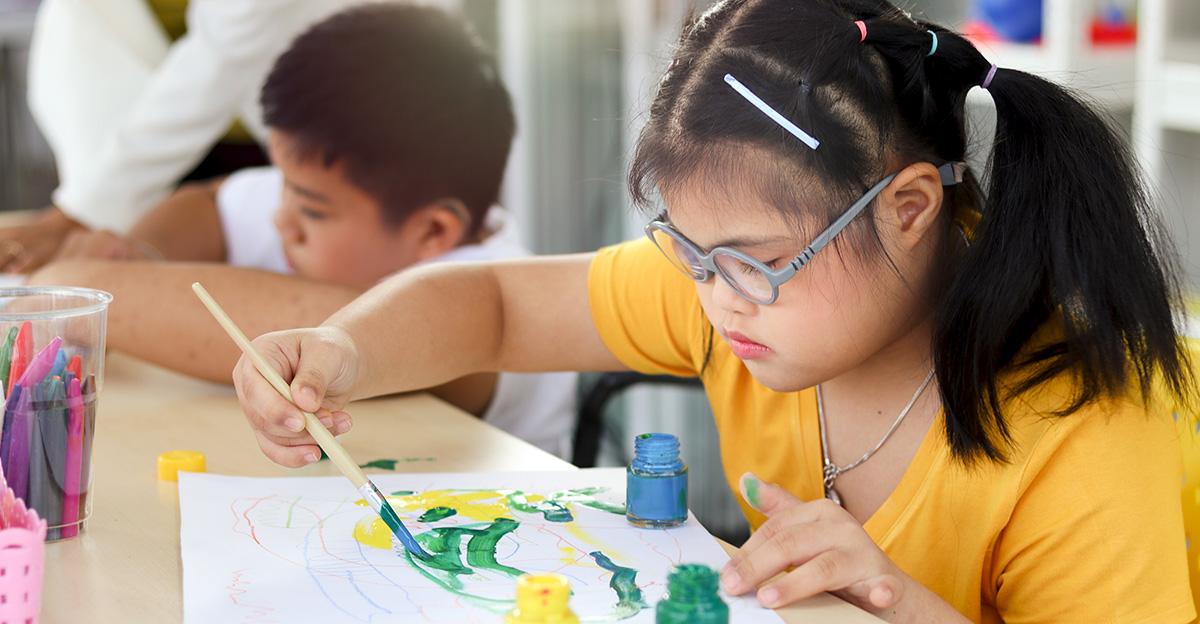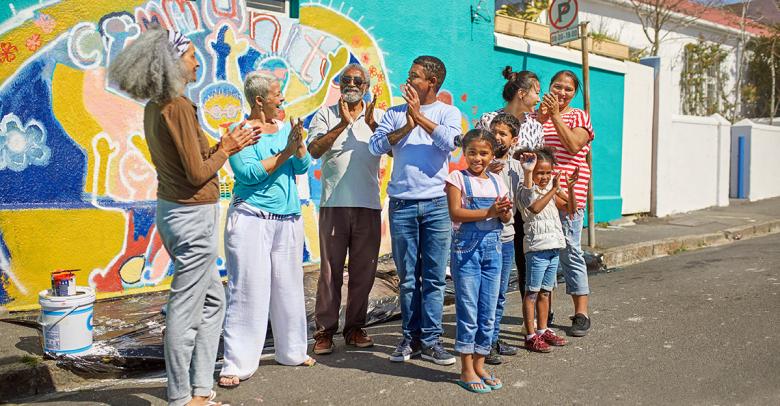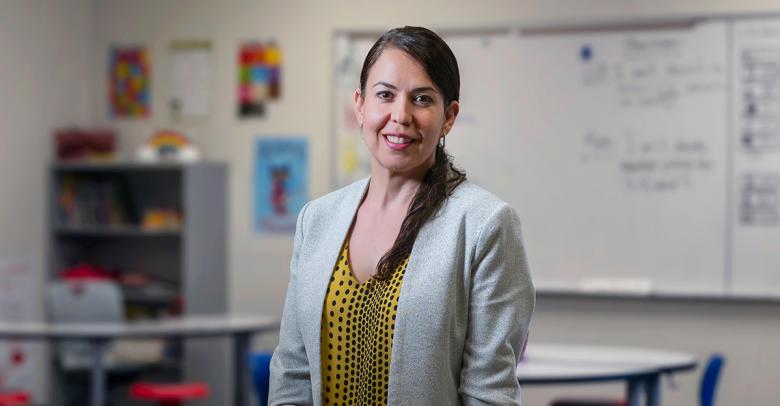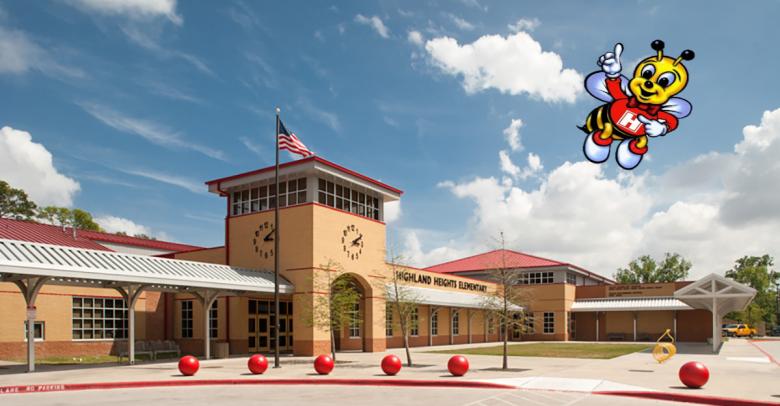Children love art projects as part of classroom activities, and students at all levels can benefit from art creation. For younger students, the concrete action of creating an image in some form can help them develop an understanding of concepts such as letters and numbers. It also helps develop fine motor skills and hand-eye coordination. In older students, image and art construction help solidify concepts and imagery in a variety of subject areas. Adaptive art is a way to bring some of these powerful benefits to students with special needs.
Art creation at all ages and skill levels encourages social emotional skills like confidence, creativity, and exploration. For students with special needs, art can be a means of therapy, expression, and development,. These students may be in critical need of ways to express themselves or develop better motor control. Art is an excellent way for them to achieve these goals in an engaging way.
Adaptive Art Project Ideas
Adaptive art projects can include exploring color or simple shapes, drawing letter or number forms, or drawing simple pictures with paint and crayons. For students who excel at more tactile tasks, sculpting in modeling clay and dough or manipulating collage shapes may be enjoyable and helps develop motor skills.
For some students, movements set to music can help encourage physical activity and development. Some adaptive art students may require the use of special tools to complete art projects. This may include larger crayons, large handled brushes that are easier to grasp, or the use of tactile mitts and sponges.
Spring Adaptive Art Project
One excellent idea for an adaptive art project is for students to create a spring collage using paint, crayons, and textured paper or tissue paper. Depending on the student’s ability, pieces may be abstract or more realistic. Let them explore the vibrant colors of spring with this project. For students trying to master letter forms, consider adding spring-themed words to the piece. Those with more fine detail skills could even create pieces that reflect the change of seasons.
Read More Spring Art Lesson Plans & Activities
Whether you want to encourage younger children to explore creatively or want children with special needs to better access a concept, adaptive art is an excellent way to kick off spring. School Specialty has tons of resources to help you engage students with special needs and promote inclusion in your classroom.
Free Printable Activity Sheets for Children of All Abilities






Leave a Reply